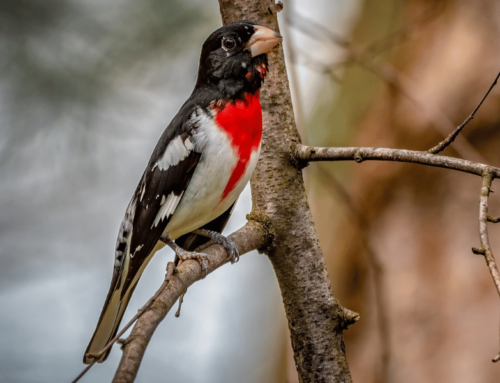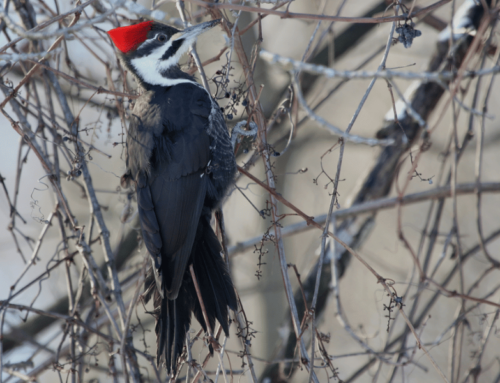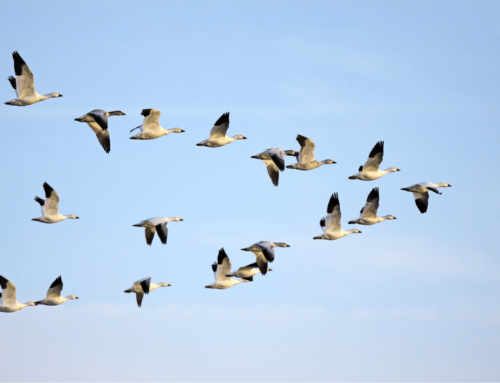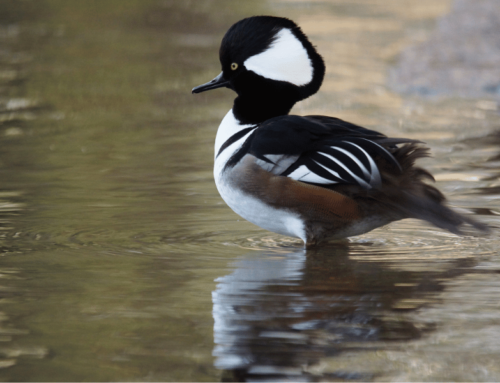Birdwatching in the fall can be great if you know where to go, what to do and which birdwatching tips are useful. This is the time of year when birds will migrate south for the winter if you’re in the Northern Hemisphere. Birdwatching in this season can be great as you can see lots of birds and take in the great scenery.
This post is all about birdwatching tips for this fall.
Birdwatching Tips for the Fall
1. Adjust for the changing sunset and sunrise Times
The rule of birdwatching in the morning or at dusk doesn’t change in the fall. There are some exceptions, but birds are mostly crepuscular. This means that dawn and dusk are when they are most active.
The fall is a time when the days are getting progressively shorter. Know ahead of time when you want to get to your birdwatching destination. The first hour of the day and the last hour are best.
Keep in mind, this doesn’t necessarily work for migrating birds. There are some birds that migrate at night or during mid-day. Sunset and sunrise are for birds that have returned or year-round residents.
2. August through October are the Peak Migration Months
The fall migration season starts in August and ends in October for most migrating birds. Different bird species will begin migration at different times, however the vast majority will migrate during these months.
Mark your calendar for August and October as the peak migration months and plan accordingly.
3. Don’t Forget December Migration
Although the vast majority of migration will occur between the beginning of August and through October, there are some species that won’t start migrating until December. Raptors, sparrows and waterfowl are more likely to migrate later in the year, into December.
When looking for migrating birds, don’t think that November or December is the end.
4. Rain-free, warmer days are better for Migration
You’re probably already less likely to go birdwatching when it’s raining than not. Here’s another reason to stay home: birds are less likely to migrate in the rain. Rainy days can be disappointing enough when wanting to get outside but they can be even more dreary with less birds to see.
Birds are also more likely to migrate on warmer days. Days that are precipitation-free and above average in temperature, will yield more migration. Look at the weather forecast and mark your calendar.
5. Some Birds Migrate Even Earlier than you’d Expect
Just like some birds will start migration in December, there are other birds that will get going as early as July. To get the most of bird migration, don’t forget that migration can start earlier as well.
Although August through October are much better overall, it’s best to be aware of this early start. It’s an option if you’re trying to see as much migration as possible.
6. Wind affects Migration Too
Even if you have a day where it doesn’t rain and is warm, this doesn’t mean that it’s a guaranteed good day for migrating birds. The wind is a big factor as well. It only makes sense. If birds are flying south and strong gusts of wind are blowing north, lots of birds will simply wait for calmer weather. Flying into the wind is tiresome for them.
Before going out, see how windy it’s going to be and in what direction. If the wind is strong and blowing against migrating flight paths, a reschedule is likely better.
The opposite is true for tailwinds. When wind blows in the direction of migration, you will likely see even more migration than normal.

7. Get Familiar with Fall Plumage
Birdwatching in the fall presents different types of plumage for many birds. In the spring, birds are often their most colorful as they are looking for mates. The more colorful a male bird is, the more likely he will attract females. The fall is a bit different. Since birds aren’t really looking for mates, their colors will generally be plainer. This is to help them blend in with their fall environments.
This means that seeing birds will be more of a challenge than in Spring.
One way to make up for this is to focus on listening. Birds will still vocalize and if you know a bird’s call, you can recognize it and likely spot it. Not scaring off birds will be an important part of spotting them. So, don’t be too noisy.
Also, if you have a target bird species, get familiar with its fall plumage. This will make differentiating them from their backgrounds easier when they are camouflaged. It can be subtle, but small changes can make it harder to see camouflaged birds.
8. Keep climate change in mind
An important thing to remember is that our world is changing. Climate change is having an effect overall in how the seasons behave.
The main point is to know that birdwatching in the fall will likely bring surprises in the future. Recently, the bat falcon became a vagrant visitor in the southern United States. This is the first time that the bat falcon has been spotted in the country. The Stellar’s Sea Eagle was also spotted in the United States for the first time in Maine in 2021 and into 2022. Then, it returned earlier this year.
As the climate changes, there are likely to be more anomalies like this. With both heatwaves and sometimes even unexpected cold fronts becoming more frequent, more birds may find their habitable range change. Strong, unusual weather can also push birds into areas that they normally don’t go to.
Who knows, maybe you’ll be the first to see a totally new visitor to your country.
9. Dress for the part
This is obvious but it needs repeating. The fall weather can bring surprising low temperatures. You don’t want to be out in the middle of nowhere and suddenly the temperature drops dramatically in only a few hours.
Don’t spoil a perfectly good birdwatching day by not having the right clothes.
Conclusion:
Birdwatching in the fall can be great. Make sure you know what days and times are best for you to go. There are lots of different migrating birds to see, so don’t miss out.





